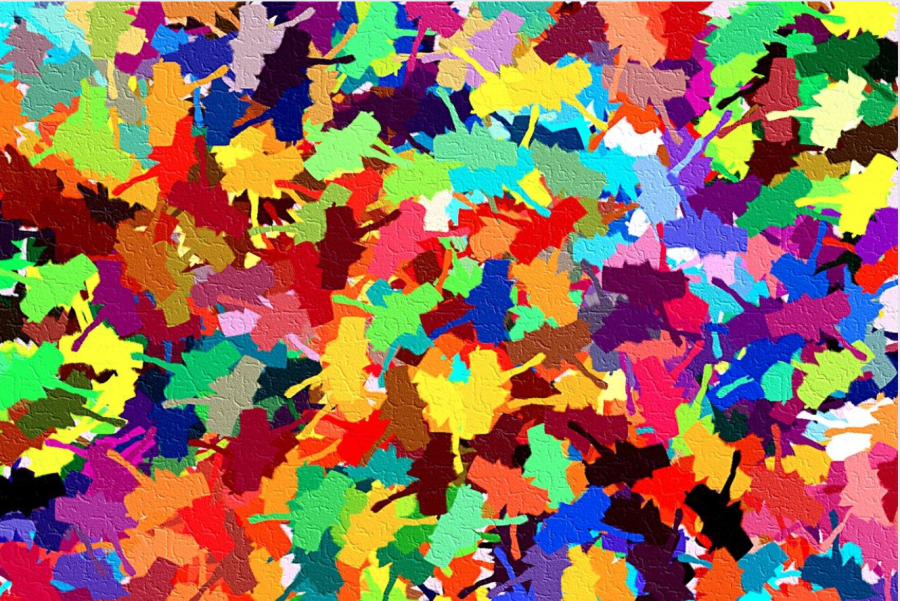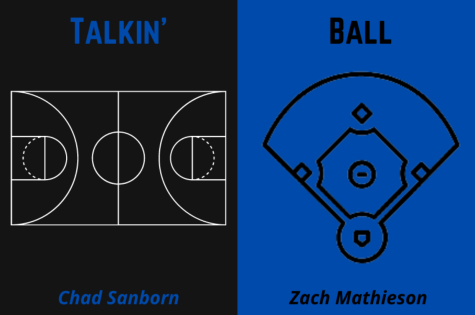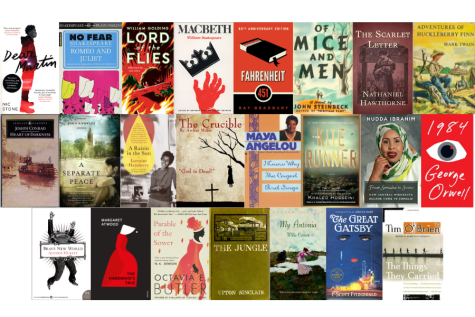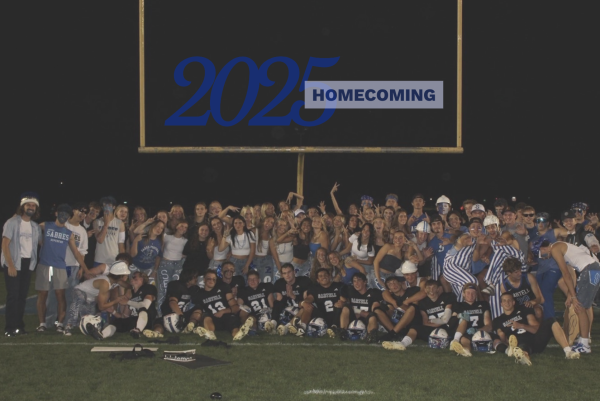How do human beings determine their favorite color?
The human eye can detect colors when the cells called “cones” and “rods” send signals to the brain.
Human eyes can see so much more than most people think. Scientists have determined that human eyes can see about 100 levels each of red-green and yellow-blue, and human beings can see about 1,000 levels of dark-light. That’s nearly 10 million different colors. Human eyes have three different color receptors. Each of these receptors are designed to pick up different wavelengths of light. Everyone’s eyes are wired differently, but somehow human beings identify colors similarly. That doesn’t mean that everyone loves and hates the same hues or colors.
Perception and experience play one of the biggest roles of somebody’s favorite color. If somebody has a negative experience that includes a certain color then they may associate that color with the negative experience, but someone else could love that color. There are also cultural components that could influence the way certain people view certain colors. Lighting can also play a big role in how someone views different shades of colors. Yellow, white, or other lighter colors could be too bright for some people in certain lighting. Even with all of these possibilities, everyone has their favorite color.
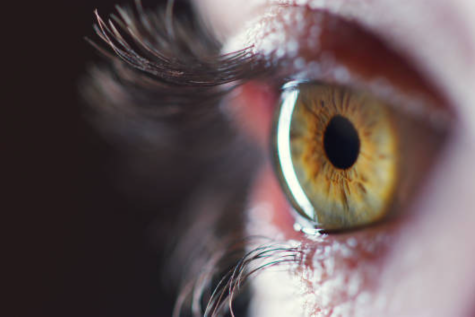
The way colors can make someone feel plays a huge part in whether they like it or not. “I like purple because it makes me feel calm,” said a student at Sartell High School.
Having a calm feeling while observing a color can have a positive impact on the current mood. “I like pure violet because it was my grandma’s favorite color,” stated another student.
Not only do feelings apply to liking certain colors, but having positive experiences can influence that. Thinking of a beloved one can form a positive connection to certain colors, and as well as a negative connection.
Learning about colors and how society has labeled them can create a better understanding of why we associate certain concepts with certain colors.
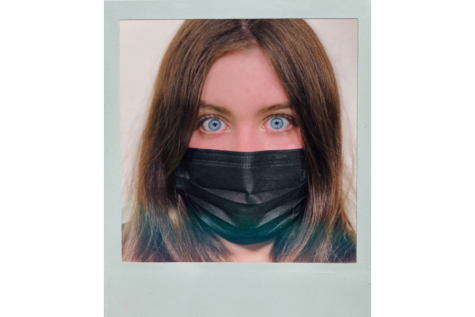
I'm a senior in high school. This is my first year of writing for the LeSabre. I like to think that I will enjoy this class even though I've never done...



